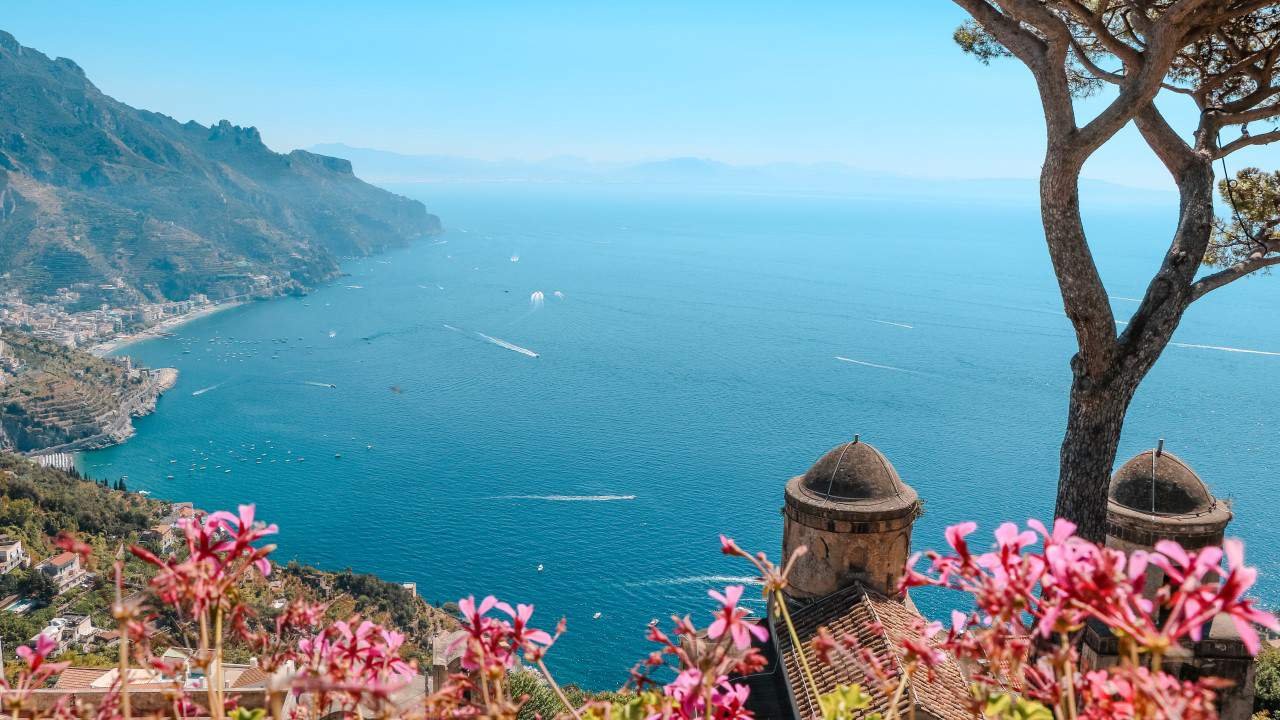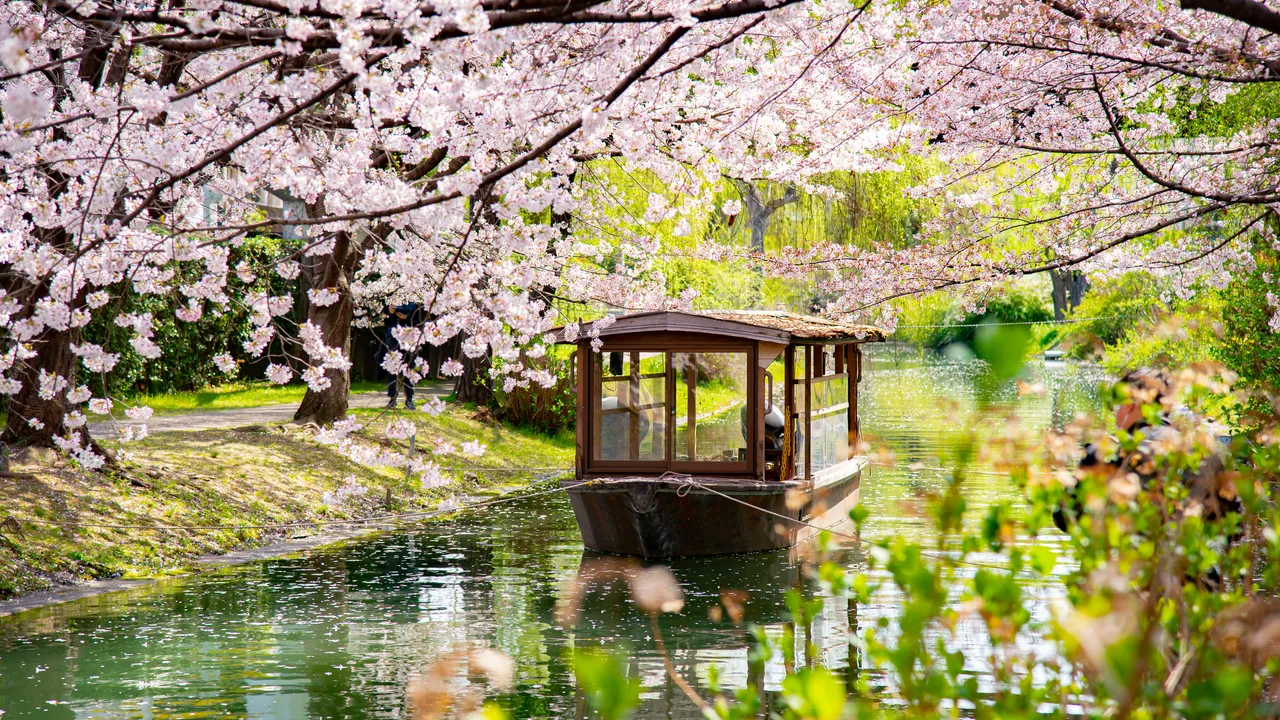The Amalfi Coast, a 50-kilometer stretch of coastline along Italy’s Sorrentine Peninsula, is a UNESCO World Heritage Site renowned for its dramatic cliffs, pastel-hued villages, and shimmering turquoise waters. Nestled between Sorrento and Vietri sul Mare in the Campania region, this iconic destination captivates with its 13 enchanting towns, each offering a unique blend of history, culture, and natural splendor. From the glamorous terraces of Positano to the serene gardens of Ravello, the Amalfi Coast is a dreamscape that has inspired artists, writers, and travelers for centuries. This comprehensive guide outlines the top things to do on the Amalfi Coast in 2025, presenting a curated weekend itinerary that balances adventure, relaxation, and cultural immersion, ensuring an unforgettable journey along Italy’s divine shoreline.
Why the Amalfi Coast?
The Amalfi Coast, often called the “Divine Coast,” is a masterpiece of nature and human ingenuity. Its vertiginous cliffs, dotted with colorful villages like Positano and Amalfi, rise from the Tyrrhenian Sea, creating postcard-perfect vistas. Historically, the region thrived as a maritime power, with Amalfi as one of Italy’s oldest maritime republics, influencing trade and shipbuilding as early as the 9th century. Today, it attracts over five million visitors annually, drawn to its lemon groves, ancient ruins, and vibrant culinary scene. Despite its popularity, lesser-known towns like Atrani and Cetara offer tranquil escapes, while activities like hiking the Path of the Gods and savoring limoncello provide authentic experiences. This itinerary maximizes a weekend visit, with practical tips to navigate the coast’s challenges, such as crowded roads and high-season costs.
Getting to the Amalfi Coast
The Amalfi Coast is accessible from Naples, the nearest major city, located 53 km (32 miles) from Sorrento. Fly into Naples International Airport (NAP) with flights from Rome (~$50–$100, 1 hour) or European hubs like London (~$100–$200). From Naples, drive to Sorrento in about 1 hour ($10–$15 in tolls) or take the Circumvesuviana train (1.5 hours, ~$5). Ferries from Naples to Sorrento or Amalfi (1–2 hours, $15–$30) offer a scenic alternative; book via NLG or Travelmar. SITA buses connect Sorrento, Positano, and Amalfi ($1.30–$3.40), but traffic can cause delays, especially in summer. Renting a small car (~$40–$60/day) is ideal for flexibility, though narrow roads and limited parking require caution—opt for a compact vehicle to navigate the SS163 Amalfi Coast Drive. Private transfers ($50–$100) or guided tours simplify logistics. Shoulder seasons (May or September–October) offer milder weather (65–80°F) and fewer crowds.
Day 1: Positano, Capri, and Coastal Charms
Morning: Exploring Positano
Begin your weekend in Positano, the Amalfi Coast’s postcard-perfect village, known for its pastel-colored houses cascading down cliffs to the sea. Arrive via ferry from Naples or Sorrento and check into a boutique hotel like Le Sirenuse, offering luxurious cliffside views (~$300–$600/night), or a budget-friendly guesthouse like Villa Rosa (~$100–$200). Stroll the narrow, stepped lanes lined with artisan shops selling linen clothing, handmade sandals, and lemon-themed souvenirs. Visit the Chiesa di Santa Maria Assunta, famed for its Byzantine Black Madonna icon and vibrant majolica dome (free entry). Explore the Roman ruins beneath the church, a hidden gem for history enthusiasts ($5). Grab a lemon sorbet served in a hollowed-out Amalfi lemon (~$7) from a street vendor for a refreshing treat.
Afternoon: Day Trip to Capri
From Positano, join a boat tour to Capri, a glamorous island 45 minutes away by ferry ($20–$40 one-way). Book a group tour with Positano Boats ($50–$100) to visit the Blue Grotto, where sunlight creates a magical azure glow (entry $15). Swim or snorkel in the crystal waters near the Faraglioni Rocks, iconic sea stacks that define Capri’s rugged beauty. On land, explore Anacapri’s Villa San Michele, with its lush gardens and panoramic views ($10), or dine at Lo Smeraldo, a cliffside restaurant serving seafood ravioli with stunning vistas (~$20–$30). Capri’s exclusivity comes with a price, but its azure coves and chic ambiance are worth it. Return to Positano by late afternoon, enjoying the coastal views en route.
Evening: Sunset Dining in Positano
Back in Positano, dine at La Tagliata, a family-run restaurant perched in the hills, offering homemade pasta and grilled seafood with sweeping sea views (~$25–$40). Savor local specialties like scialatielli ai frutti di mare (seafood pasta) paired with a crisp Falanghina wine. For a lively evening, visit Music on the Rocks, Positano’s iconic nightclub carved into the cliffs ($15–$25 entry). Dance under the stars or sip a limoncello spritz while soaking in the vibrant atmosphere. Alternatively, relax at Aldo’s Bar at Le Sirenuse, sipping champagne on a terrace overlooking the moonlit coast.
Day 2: Amalfi, Ravello, and Hidden Gems
Morning: Amalfi Town and Cathedral
Start your second day in Amalfi, the coast’s historic heart, a 30-minute ferry or bus ride from Positano ($3–$10). Check into a charming hotel like Hotel Santa Caterina, with its private beach club (~$200–$400), or a budget option like Terrazza Duomo (~$80–$150). Visit the Cattedrale di Sant’Andrea, a 9th-century Arab-Norman masterpiece with a majestic staircase and intricate mosaics ($3 for the full complex, including the Cloister of Paradise). Wander Amalfi’s main square, Piazza Duomo, and browse shops selling handmade paper, a nod to the town’s historic paper-making industry. Stop at Pasticceria Pansa for a delizia al limone, a lemon-soaked pastry (~$5), and a cappuccino.
Next, visit the Museo della Carta, a 15-minute walk inland, showcasing Amalfi’s paper-making heritage ($4.50, $7 with a guided tour). The 20-minute tour demonstrates traditional techniques using centuries-old mills, offering a glimpse into the industry that thrived here in the 1700s. If time allows, walk to nearby Atrani, Italy’s smallest municipality, via a scenic pedestrian tunnel or SS163 (10 minutes). Its cobblestone alleys, historic churches like San Salvatore de Birecto, and tranquil piazza offer a peaceful contrast to Amalfi’s bustle.
Afternoon: Ravello’s Gardens and Hiking
Take a 20-minute SITA bus or taxi to Ravello ($3–$15), a hilltop town famed for its serene views and cultural heritage. Visit Villa Rufolo, a 13th-century estate with vibrant gardens and a terrace overlooking the Bay of Salerno ($7). The villa’s Moorish cloister and annual Ravello Festival, a classical music event, draw global visitors. Next, explore Villa Cimbrone, known for its Terrace of Infinity, where statues frame breathtaking coastal vistas ($10). Lunch at Trattoria Da Cumpa Cosimo, a local favorite serving homemade gnocchi and rabbit ragù (~$15–$25).
For adventure, hike the Path of the Gods (Sentiero degli Dei), a 6.5-km trail from Bomerano to Nocelle, accessible by bus from Amalfi ($2). This 2–4-hour hike offers jaw-dropping views of cliffs and sea, with minimal elevation gain but rocky terrain—wear sturdy boots and bring water. Guided tours ($30–$50) include transfers and a meal at a local trattoria. Alternatively, explore the Valle delle Ferriere, a lush trail near Amalfi with waterfalls and ancient ruins ($5 entry for the final waterfall section). Both hikes showcase the coast’s rugged beauty.
Evening: Cetara and Culinary Delights
Return to Amalfi and take a 20-minute bus or drive to Cetara, a fishing village known for its anchovy-based colatura sauce. Dine at Al Convento, where spaghetti alla colatura and fresh seafood highlight local flavors (~$15–$25). Pair your meal with a glass of Costa d’Amalfi DOC wine from a nearby vineyard like Marisa Cuomo. For a hands-on experience, book a cooking class at Mamma Agata’s Cooking School in Ravello ($80–$120), learning to make fresh pasta and tiramisu with panoramic views. End your evening with a sunset stroll along Cetara’s small beach, savoring the quiet charm of this under-the-radar gem.
Day Trips and Cultural Highlights
Pompeii and Herculaneum
For a historical detour, take a day trip to Pompeii or Herculaneum, both UNESCO World Heritage Sites near Naples (45 minutes by train or car from Sorrento, $10–$20). Pompeii’s preserved ruins, buried by Mount Vesuvius in 79 AD, offer a haunting glimpse of Roman life ($16 entry, guided tours $40–$60). Herculaneum, smaller but better preserved, features intricate mosaics and wooden structures ($13). Both are easily combined with a stop in Naples for authentic pizza at L’Antica Pizzeria Da Michele (~$8–$12).
Wine Tasting and Culinary Tours
The Amalfi Coast’s hills are home to acclaimed vineyards. Visit Tenuta San Francesco in Tramonti for a wine tasting of crisp whites and robust reds ($20–$40). Pair with local cheeses and olives for a full experience. Cooking classes, like those at Ferdinando Cookingclass in Amalfi, teach traditional recipes using Amalfi lemons and seafood ($50–$80). These activities immerse you in the region’s culinary heritage, centered on its iconic sfusato d’Amalfi lemons.
Practical Tips for Your Amalfi Coast Adventure
- Best Time to Visit: May or September–October offer warm weather (65–80°F), fewer crowds, and lower prices. Summer (June–August) is peak season, with higher costs and traffic. Winter brings closures but quieter towns.
- Packing Essentials: Lightweight clothing, comfortable shoes for cobblestone streets, and hiking boots for trails. Bring sunscreen, a hat, and euros for tolls or small vendors.
- Budgeting: Expect $150–$250/day per person for meals, activities, and transport. Budget accommodations (~$80–$150) and group tours save costs. Beach chair rentals cost $5–$10/day.
- Getting Around: Ferries ($10–$20) are the easiest way to avoid SS163 traffic. SITA buses are affordable but slow. Private drivers ($50–$100/hour) offer convenience. Book ferries via Travelmar or NLG.
- Etiquette: Greet locals with “Buongiorno” (morning) or “Buonasera” (evening). Dress modestly in churches, and tip 5–10% at restaurants. Ask permission before photographing locals.
- Sustainability: Support local artisans by buying handmade ceramics in Vietri sul Mare or paper in Amalfi. Avoid single-use plastics and respect protected areas like the Blue Grotto.
Why the Amalfi Coast?
The Amalfi Coast is a timeless destination where history, nature, and culture converge. Its cliffside villages, from glamorous Positano to serene Cetara, offer endless beauty, while landmarks like the Amalfi Cathedral and Villa Rufolo showcase centuries of artistry. Whether hiking the Path of the Gods, savoring seafood in a seaside trattoria, or cruising past Capri’s Faraglioni Rocks, the coast delivers moments of awe. Its challenges—crowds, costs, and winding roads—are part of its charm, rewarding those who embrace its rhythm with unforgettable memories. Plan your 2025 visit to discover why the Amalfi Coast remains Italy’s most enchanting shoreline.





Leave a Reply